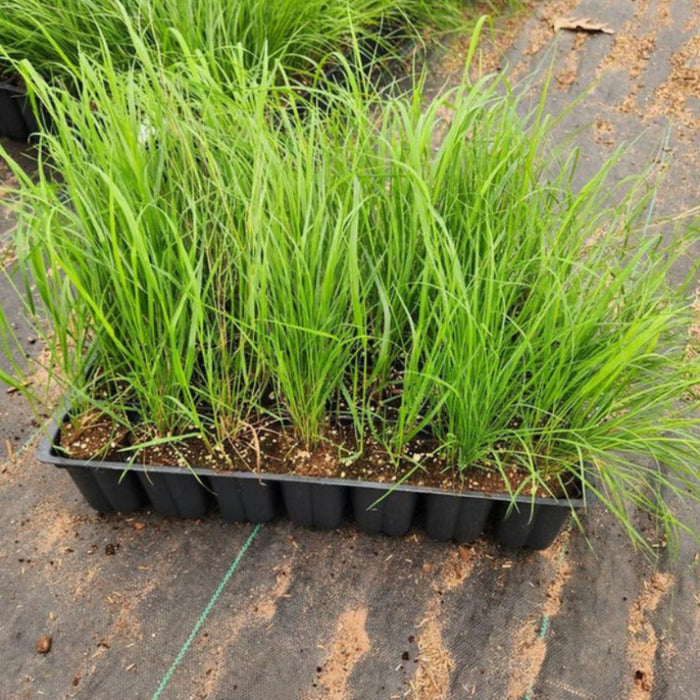
Ruby Silk Lovegrass Seeds
Save 50%
Original price
$20.00
Original price
$20.00
-
Original price
$20.00
Original price
$20.00
Current price
$9.95
$9.95
-
$9.95
Current price
$9.95
Unveil a ruby symphony with Ruby Silk Lovegrass Seeds. Sow these seeds to create an aesthetic masterpiece in your garden, where the silky ruby-red blades of Ruby Silk Lovegrass harmonize to bring visual appeal and a touch of wild elegance. Grow ornamental grass that embodies garden sophistication, creating a sculpted and refined look with its luxurious ruby-red texture that complements the overall aesthetics of your landscape.
Specifications:
- Color: Brown / White Seed Heads with hints of Red - A "Wheat" color after some time in the sun
- Plant Seeds: Outdoors after danger of frost / Indoors weeks before the last frost
- Harvest: At any time / Once it reaches your desired length. Cut grass will regrow & can be harvested more than once in a season.
- Bloom Time: April - June
- Hardiness Zone: 3 - 10
- Plant Height: 12 - 18"
- Plant Spacing: 9 - 12"
- Light Requirements: Sun - Part Shade
- Soil & Water Preferences: Average - Dry
- Quantity: 150 Seeds

